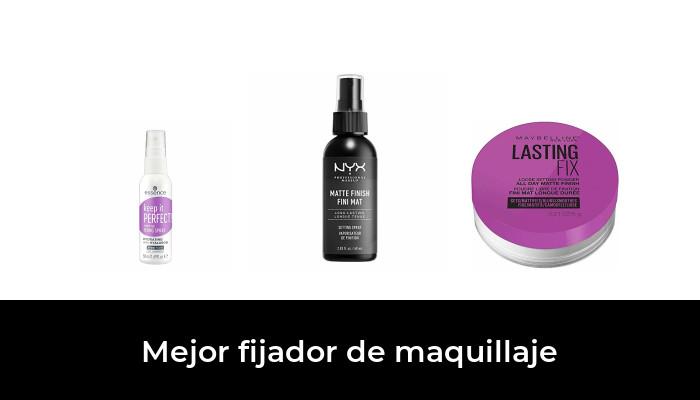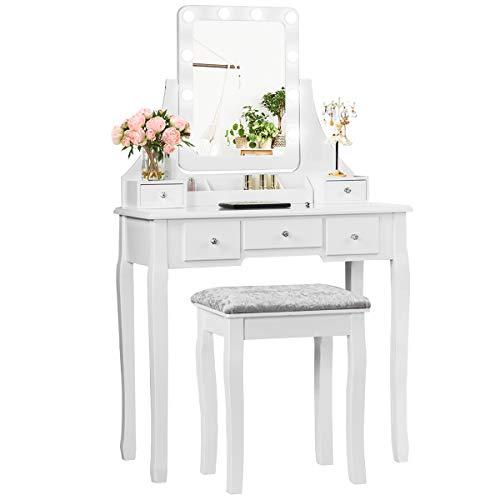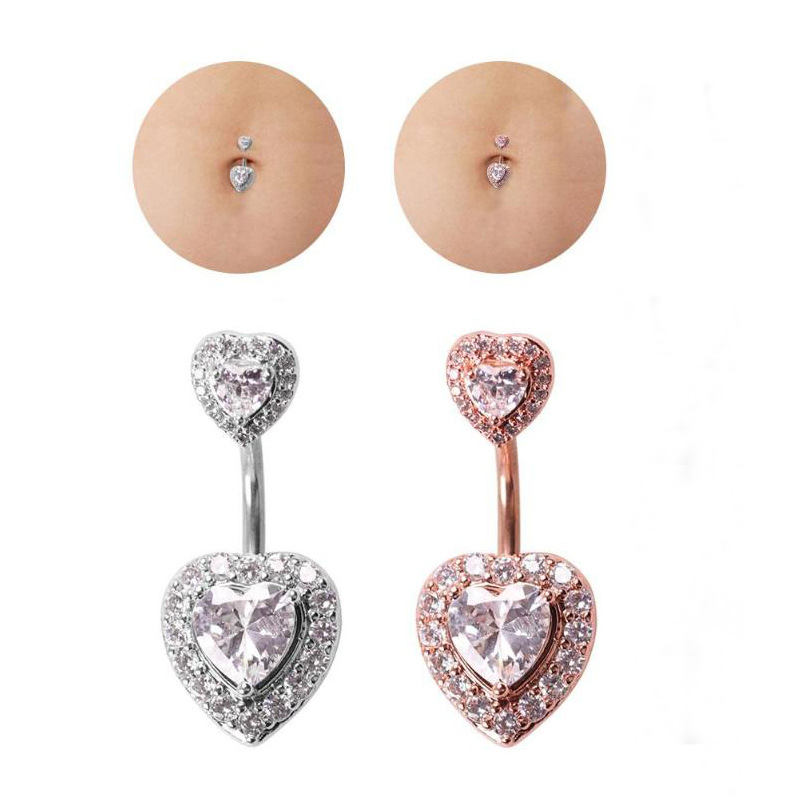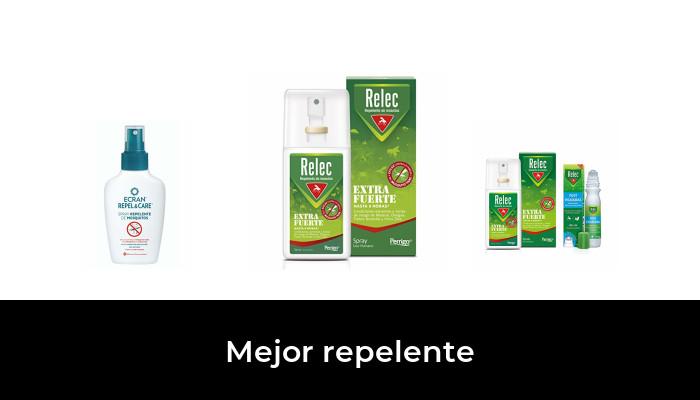Cloned beauty: catalog aesthetics
It's a high floor flooded with light. The environment opens onto a balcony terrace with views of the city and a drinks bar. Nothing suggests that it is a consulting room. It looks more like a trendy bar: sub 30s music is playing and the inevitable tattooed bartender has just handed a drink to the girl who is now hanging from a designer outdoor hammock. He is in his early twenties and has a harmonious face, but he came there in search of "facial perfection."
Inside, in the room decorated with large Faena-style mirrors and a reproduction of La Gioconda, Duilio Cortella, goes from one chair to the other, carrying the happiness in the form of syringes that his clients seek. He introduces himself as a "master injector surgeon artist", a Copperfield of aesthetics who, without an operating room and in one session, offers his "Full Face DC" (Full Face Duilio Cortella) which consists of the application of fillers with immediate results. The combo includes: "lip design, chin, botox, DC look and rhinomodeling" that smoothes the nasal septum or upturned nose. To make the magic complete, they're treated to $5,000 DC Cocoa Butter Gold Lipstick to keep their fashionable big mouth plump. (plus that on top of the average $500 for treatment that lasts about six months).
The favorites of the facial designer become part of the “DC Angels” gallery that he exhibits on his Instagram. For that, they pose next to some huge silver wings mounted on the wall and wear a pin with the signature of the young man hands of syringes. Many of the celebrities who adhere to the trend of these uniform faces: slanted eyes and raised eyebrows, big mouths, prominent chins, sharp jaws and mini noses, go through their hands with little more frequency than waxing. One of her fans, Candelaria Tinelli, posted in the strictest of quarantine: “I really want to show you what I am under this beautiful filter that has eyelashes, lipstick, and that makes my skin perfect. I'm a cuckoo, I'm scary. I don't know about you, I urgently need to go to Duilio”. You are not alone with this discomfort. More and more women see their tolerance threshold restricted to their real image. They can't stand a mole, an expression mark or any physical trait that doesn't respond –it would be said today- to hegemonic beauty.
The result is a taste for facial uniformity as amazing as everyone wanting to arrive at a party wearing the same dress. Or much worse than that. In a few years, their children will have to search through old photos lodged in clouds or in the memories of discarded notebooks to find some familiar air that links them to their progeny. And it would not be strange for them to ask: "Mommy, why don't I look like Kim Kardashian?" (We imagine that in twenty years Kim will still have the same face).
How It All Began
In just over a decade, social networks like Instagram and Snapchat have made the use of “filters” more widespread. It all started very funny: little ears appeared on your face, a wagging tongue or a frame of flowers and butterflies. But little by little an aesthetic catalog of filters was imposed (see box) aimed at “beautifying” faces according to a strict and homogenized canon.
From so much seeing themselves digitally “perfected” on their cell phones, a growing number of adolescents (and older ones too) start looking – if purchasing power allows them – to get closer to that ideal in reality. Surgeons no longer receive patients who want to look like a certain revered celebrity, but their own image captured through a filter. Many of them are young public figures referenced by their millions of followers. Some have resources to imitate them. Many more are left with the desire and discomfort of not liking each other. “When the patients come to the office with the photos of themselves that they modified with chat filters and I guide them on how far we can go, I give a veneer of reality to the desire. A nose can be shaped with fillers or with a rhinoplasty, what cannot be done is to make it lose functionality”, says plastic surgeon Daniel Félix.
The trend is global. A recent study published by the academic journal JAMA reflects this phenomenon. The most demanded new operations aim to correct facial asymmetry, the appearance of the nose and the volume of the lips. A phenomenon dubbed "Snapchat dysmorphia", in honor of the network that popularized digital masks that transform the face in real time.

It is an obsessive disorder that is already included in the International Classification of Diseases manual of the World Health Organization. He defines this affectation as a persistent concern for imperfections that are often imperceptible to others that generate deep discomfort in the subject who suffers from it. Paradoxically, the dictatorship of the filter means that everything that escapes its parameters is considered an anomaly.
“They hurt the people who look at them and they hurt the people who wear them, because it's hard to accept your real face in the mirror after these digital versions of your face and body have become your daily norm,” he posted. British actress Jameela Jamil. Accordingly, girls around the world have created a movement under the hashtag #fuckoff to defend their natural appearance.
Read also
Rosario narco: the threatened prosecutor speaks
The insurgency even has a presence on its own parent company, Instagram: the Celebface account constantly updates the activity of beauty media references. They have plenty of stuff. In her article for The New Yorker "The age of Instagram face", the writer Jia Tolentino says that 95% of the most followed people on that network use FaceTune (the most popular application), and that they have also undergone some procedure . The Argentines replicate the trend. Famous and anonymous. According to the latest surveys available from the ISAPS (International Society for Aesthetic Plastic Surgery) ours is among the ten countries in the world in which the most interventions are performed. Another record, that of the precocity of patients, is taken by South Korea. There it is almost a rite of passage that is expected to be fulfilled at the age of 18, before entering the labor market. The "employment surgery" (nose retouching, cheek filler, lightened skin) multiplies the chances of access to a good job for girls.
Iconics
The prevailing aesthetic trend in the West has, of course, its global muses. And it does not seem coincidental that they belong to powerful clans in the showbiz industry: the Kardashian-Jenners and the Hadids. For the women of these families exposed in various reality shows, the permanent physical retouching resulted in millions.
In 2021, Bella Hadid (sister of models Gigi and Anwar, and daughter of a Palestinian millionaire and a former model who indoctrinated them into the rigidity of a catwalk destination) was declared the most beautiful woman in the world. The news that made her climb to the top of hiring was awarded to "science." Apparently, his physiognomy is the one that best satisfies the rule of the golden ratio, a mathematical legacy of antiquity with modern uses that would have astonished the philosopher Euclid. Bella's transformation (premonitory name if any) renders her unrecognizable when compared to photos from her early days. Legend has it that her obsession was always to look like Carla Bruni and in the attempt she won the throne. But her networks expose her emotional suffering: a few days, omnipotent goddess; others, a depressed girl who takes photos while crying to share them with her fans, without makeup or filters.
More than for their faces, which are also faithful to the trend, the Kardashian sisters imposed fashion from the neck down. They eclipsed the trend of extreme thinness but they reserve another ambush for us: their curves are impossible to replicate without surgery. In addition to the classic fillers in the buttocks and breasts; They imposed a practice called Lipofilling, which consists of removing fat from certain parts of the body to inject it into others and achieve the "hourglass" effect. Silhouettes are also modeled with abdominoplasty, a major surgery that removes fat and holds muscles in the abdominal wall, or the less invasive cryolipolysis, which promises to eliminate adipose tissue with bandages and cold machines.
Diego Órdenes is known in Buenos Aires as the surgeon of XS waists. He says that his patients are between 25 and 35 years old. “I am very detailed; I create subtle abdomens that look natural,” he says. My audience wants a Latin look, a statuesque, curvaceous model with buttock augmentation and hip shaping.”
Many of these surgeries have restrictive prices. But the new facials are so much cheaper, so the dream of your own Instagram face is becoming more and more accessible. Fillers, bichectomy (removal of tissue from the cheeks), dimpleplasty (invented dimples), tensions with threads to tear eyes and Russian (fat) lips are within the reach of the middle sectors willing to aesthetic cloning.
In his article for The New Yorker, Tolentino describes the prevailing pack of facial features: “An excessively tanned skin tone, a South Asian influence on the brows and eye shape, an African-American influence on the lips , other Caucasian on the nose, predominantly American and Middle Eastern cheek structure.” All very inclusive. And naturally impossible.
But what's so fascinating about those faces? Why are they like this and not otherwise? The biologist Johan Koeslag could come up with an answer: koinophilia. This is how he called the phenomenon whereby in all higher animal species, specimens that are close to the average in their physical traits are more attractive to their fellow species. Transferred to the human plane, the finding would consist of a kind of beauty algorithm.
Read also
The Yabrán today
Adolescents are the most vulnerable to this imposition of the times, although “all of us seek to gratify our self-esteem and our belonging. And we feel that we are going to acquire it if we approach that model that the consensus considers necessary”, interprets the psychoanalyst José Abadi.
Facial alchemy
After having spoiled some faces with tested substances; beauty professionals agreed that, at the moment, there is little room for originality. Almost everything is solved with two products: hyaluronic acid and botox.
In 1934, Meyer and Palmer, two pharmacists at Columbia University (New York) discovered a substance from the vitreous body of cows' eyes. It helped the eye retain its shape and was highly viscous, which made Meyer suspect that it might have some therapeutic use. But its extraction from cows' eyes was not commercially feasible. So hyaluronic acid had to wait until 1942, when another scientist succeeded in synthesizing the combs of roosters, which to this day remain one of the most profitable sources of hyaluronic acid as this material is discarded after slaughter. It is also obtained from cattle joints, shark fins and, for animal friendly patients, there is a vegan version that is obtained from the fermentation of some plants. In the 1990s, the use of hyaluronic acid in cosmetic creams became widespread and it began to be applied to fill in furrows and wrinkles. But its potential exploded a few years ago as a multifunction star filler. It is used to reshape the jawline, nose, mouth, and cheeks.
The other potion present in all the fashionable faces came a few years later: it was approved by the North American FDA in 2002. It is botox, the most popular version of a neurotoxin that causes botulism, which can kill by paralyzing muscles but that applied in small doses produces that temporary reaction and without harmful effects, if used correctly. Thanks to this substance, injected faces look fresh and carefree, always like they just woke up. But the intention to express concern or anger is difficult: it is the side effect of permanent freshness.
Edgardo Bisquert, a member of the Argentine Association of Aesthetic and Reconstructive Surgery, says that "in the last decade people have appeared who perform some of these procedures under fictitious titles or names such as master injector or facial gold harmonizer that do not exist as a specialty registered physician." Malpractice leads to skin necrosis, nasal fistulas and ulcers, among other undesirable effects.
The freedom to be slaves
Cosmetic surgeries have a clear gender bias. According to ISAPS, women undergo 87.4% of operations worldwide, and in the United States the figure reaches 92%.
Surgeon Pablo Bañares has a controversial interpretation. He says that “those under 30 are divided between feminine and feminist. The former seek to appear very sensual and feminists live their nature, their heritage in a more relaxed way and do not want to change it. I would tell you that it is mentally healthier, but I live on the feminine ones ”.
Now, and more and more, the hybridization of the biological with technology opens up possibilities for us to overcome old bodily frontiers. And there is something of the cyborg image that futuristic cinema portrays in the cloned faces of the present. The unquestionable freedom to intervene, cut, fill, mutilate. But he's a prop cyborg.
In the British miniseries “Years and Years”, which portrays a close and dystopian society, there is the character of a teenager who wants to be transhuman. She doesn't settle for the lottery of her limiting DNA and gets cyberimplants as a step prior to "going data" and living in the cloud forever.
Read also
How will the permits for the home office continue in 2022
Cyborg (Cybernetic Organism) is a concept coined in the 1960s by the American scientists Clynes and Kline, in reference to improved human beings”, but it was the zoologist and philosopher Donna Haraway who in 1984 wrote “The cyborg manifesto” in around a new altered human body that escapes the orders of sex, race and age.
In the 1990s, multimedia artist Orlan (74) inaugurated surgical performances that were broadcast live by art galleries. She transformed her face into a composition of different facial features of women who inspired the ideal of beauty at different times, to become a monster based on those ideals. Her feminism conceives of the body as a canvas on which she captures the history of female redesign to satisfy others. They are protest surgeries against bodies that desperately seek to be merely desirable.


![46 Best Eyebrow Tint in 2022 [Based on 59 Expert Opinions]](https://website-google-hk.oss-cn-hongkong.aliyuncs.com/drawing/article_results_6/2022/2/27/ed118fdf3947d2023236cbe413ad9041.jpeg)





![47 best antiage nutritive cream in 2022 [based on 326 reviews] 47 best antiage nutritive cream in 2022 [based on 326 reviews]](https://website-google-hk.oss-cn-hongkong.aliyuncs.com/drawing/article_results_6/2022/2/27/1918fc37c66ad30564173e69d9df88a0.jpeg)

